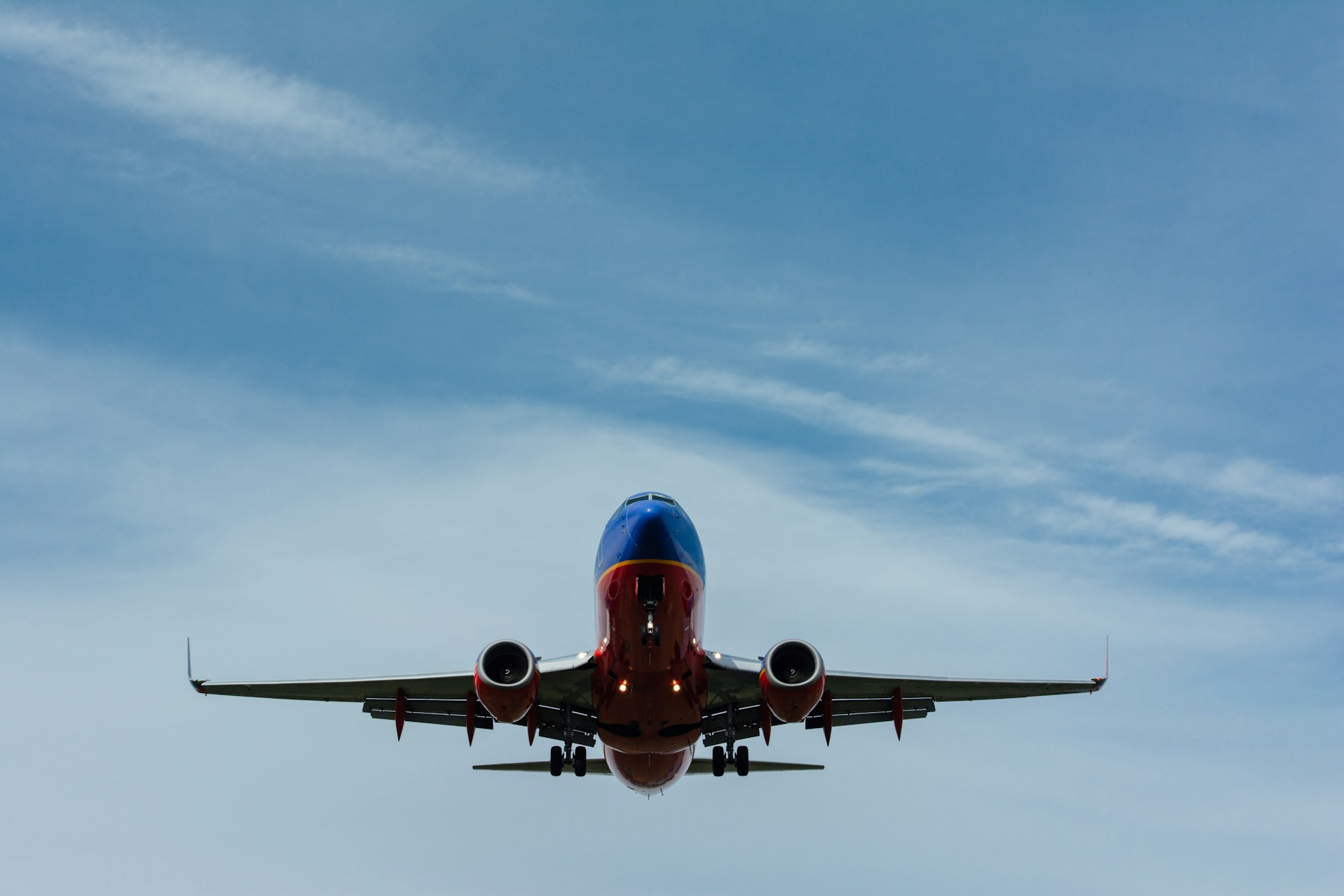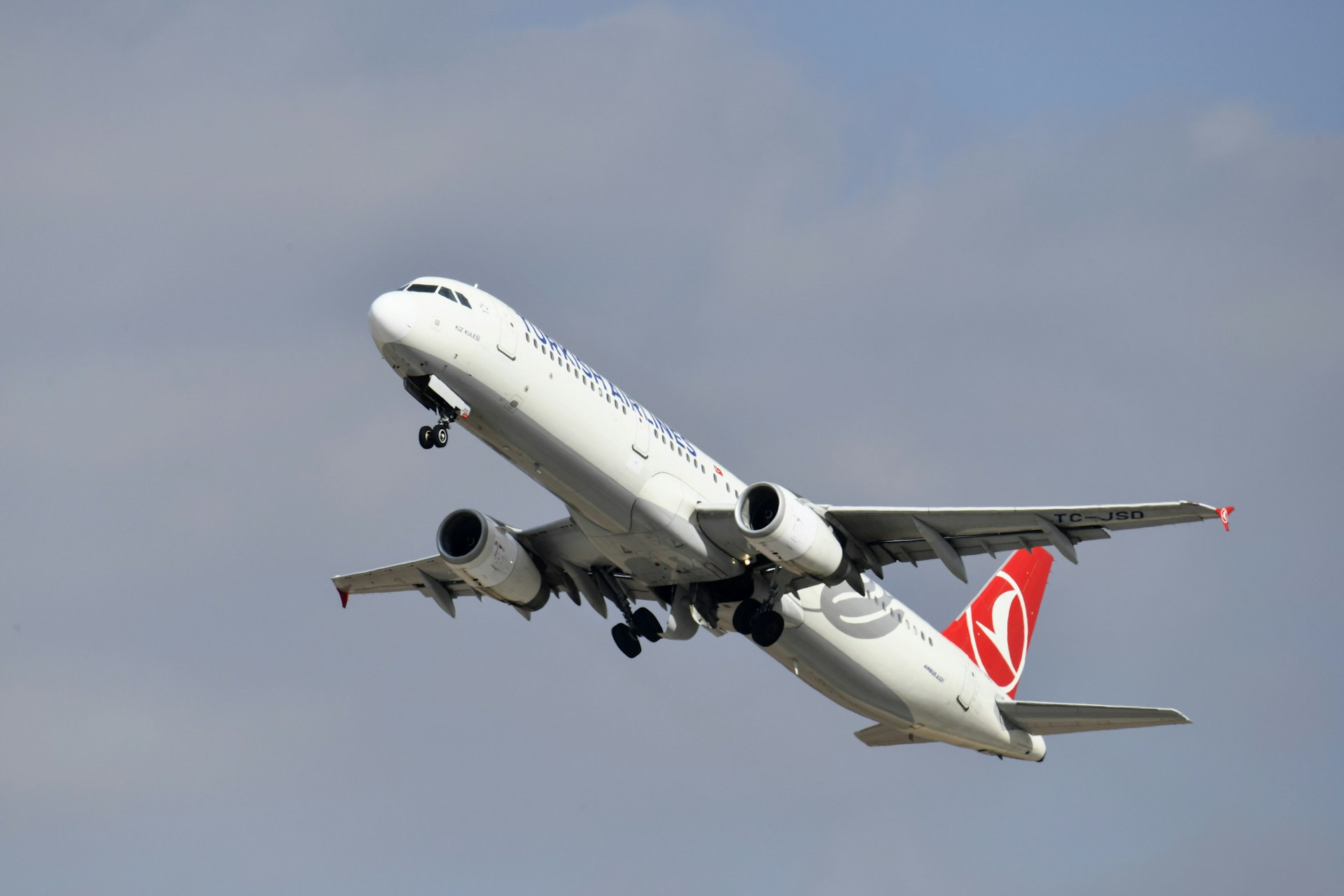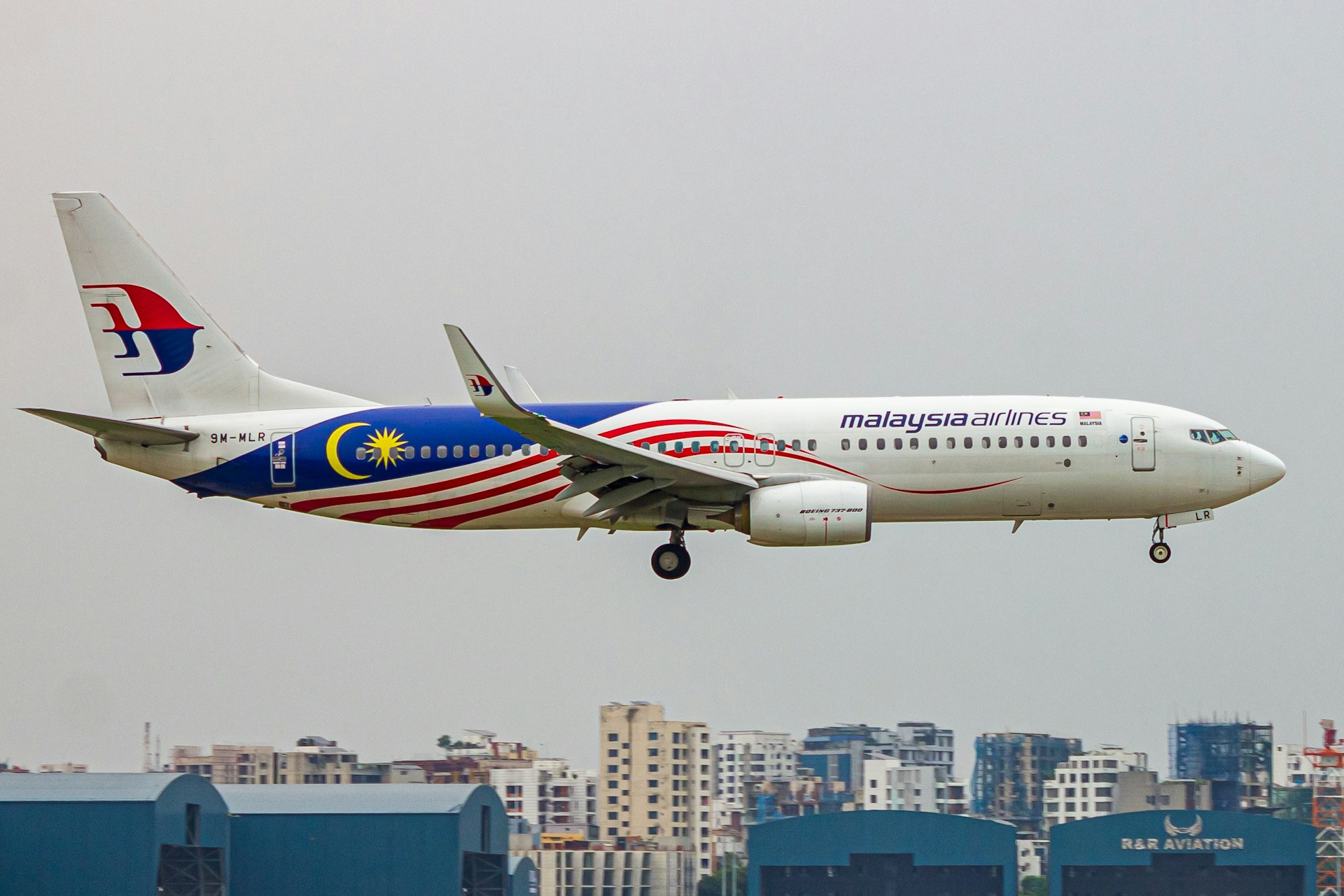Flying can be a bit nerve-wracking, especially if you have aerophobia (fear of flying). One factor that causes this fear is turbulence. When the plane shakes or jolts unexpectedly, it can feel alarming and unsettling.
If you are wondering if turbulence can cause a plane crash, the good news is that the chance of a plane crashing because of this is extremely low. Read on to find out more.

Turbulence is basically rough air. Planes fly through all kinds of air patterns, and sometimes, they hit pockets of air that cause them to shake, dip, or bounce a little. This is normal and happens on many flights.
It can be caused by storms and strong winds, jet streams, or even flying over mountains. Jet streams are fast, narrow air currents up in the atmosphere that planes often encounter. These streams can create turbulence as they move at very high speeds, and when planes fly through them, the air pressure changes, causing the plane to shake.
Mountains can affect the air above them, creating what is called "mountain wave turbulence.", kind of like how waves form in water. As the air flows over the peaks, it creates waves that can make the plane feel like it is bouncing.
While turbulence can feel scary, it is not dangerous to the plane itself. Planes are designed to handle turbulence, even those that are severe. They are built to be flexible and strong, so they can bend and move with the air rather than against it. Pilots also know how to navigate turbulence and will often fly around or above it if possible.
So, the short answer is no. Turbulence alone is not enough to bring a plane down. Modern aeroplanes are incredibly safe and have been thoroughly tested to withstand all kinds of conditions.
While turbulence can be scary and make you feel like the plane is falling or shaking dangerously, it is usually just the plane adjusting to the air around it. The wings and body are built to flex, so the plane stays stable even in rough air.
The biggest risk from turbulence is not the plane crashing. Rather, it is the passengers getting injured. But this only happens if they are not buckled up. This is why flight attendants always remind passengers to keep their seatbelts on, even when the seatbelt sign is off.
Most turbulence-related injuries happen because people are walking around or have loose items that fly around the cabin during the bumps. As long as you stay seated with your seatbelt fastened, you are safe.

If you get nervous during turbulence, here are a few tips to help you feel more relaxed;
While turbulence can be uncomfortable and sometimes even scary, it is not something that should make you worry about a plane crash. Planes are built to handle it, and pilots are trained to deal with it.
The chance of a plane crashing due to turbulence is almost non-existent. So, next time you feel the plane bump or shake, just remember that it is all part of the journey, and you are in safe hands.


If you want the latest information on the best Hotel Executive Club Lounges, Hotel Kids Clubs and other travel information, be sure to sign up for our free newsletter full of tips and great travel ideas.